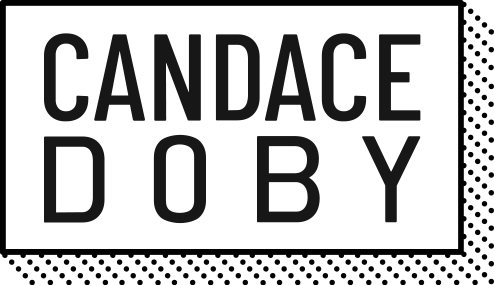So, you want to take a risk?
You want to speak up with an unpopular opinion in a meeting of like minds and bring your whole, real self to every personal and professional space you occupy. You wish to have hard conversations about racial and gender equity and ask for a raise (yes, during a pandemic). You desire to follow a path that no one else seems to be on.
But, here’s the problem. You recognize the perilousness of these actions and find yourself crunched between a space of motivation and immobility. You are confused about whether to listen to the voice of fear, courage or … your mother. So, the question that keeps looping in your head is, “how do I know when I’m ready to take a risk?”
There’s no way to have full certainty in answering until you take the risk, but there are means to getting clearer. Here are three.
You understand the risk from multiple angles.
If you’re like most people, your mind wastes no time helping you see how horrid things could end up from taking a risk. You could lose friends, social status and financial stability. You could fail and feel judged. You could get bruised, physically or psychologically. These are often the persistent, and sometimes debilitating, thoughts that prevent us from moving beyond the starting line of our most meaningful pursuits. We get scared because of what we imagine could happen.
But, there’s another, often ignored, side of risk that requires the same level of consideration. And, that’s the risk of not taking action. When you dedicate equal mental energy to understanding the risk of not asking for the raise or speaking up in a meeting, you create important space for perspective. And, here’s what you’ll learn. The downside of this risk puts your growth, development, success and happiness at stake. John F Kennedy acknowledged this when he said, “There are risks and costs to action. But they are far less than the long range risks of comfortable inaction.”
When you’ve evaluated both sides of a risk, and you conclude that the risk of not taking the action is greater than the risk of taking it, you’ve moved a step closer to readying yourself for risk-taking.
You trust your ability to be uncomfortable.
Exposure to danger, which is an inherent part of risk-taking, often brings with it a feeling of discomfort. Butterfly swarms in the gut. Heart palpitations. Unshakeable paranoia that everyone around is serving up their fiercest side-eye. It’s enough to make you want to flee as fast as you can. Going toe-to-toe with risk, then, requires settling into discomfort.
You better position yourself to take risks and persevere through them when can inhabit your discomfort This means you can successfully occupy uneasiness — sit with it — until it starts to feel less threatening. This skill is built up through repetition and encouragement.
You trust your ability to figure it out.
What if the most unsavory potential outcomes from taking a risk became reality? Let’s say you asked for a raise and ended up getting fired. Maybe you had a conversation with family about race and got uninvited to Thanksgiving dinner. Or, you changed your major and lost tuition assistance from your parents.
A telling way for you to know if you’re ready to take a risk is to think of a worst-case outcome and ask yourself if you believe in your ability to work through it. “Events are events, situations are situations. It’s what we make of them that determines how we react and what we do next,” says author and Bob Taibbi.
The invaluable ability of figuring it out requires a level of optimism, rationality and reliance on past experiences where you dusted yourself off and kept pushing.
The bottom line
You’re unlikely to have absolute certainty about whether you’re ready to take a risk … until you take it. But, you can more fully evaluate risk and mine your skills to help you clarify your readiness. Ensure that you understand risk of action and inaction when you’re engaged in the process of evaluation. Without looking at both sides, you prevent yourself seeing a whole picture.
Then, assess whether you trust your ability to be uncomfortable. Do you have reliable experience sitting, standing and settling in your discomfort? Being able to do so better positions you to face and persevere through risk. And, lastly, ask yourself if you can rely on your ability to problem solve, or figure it out. If a worst-case scenario became reality, would you have confidence that you could navigate your way through it? These are three effective ways to help you get clear on your risk-taking readiness.







